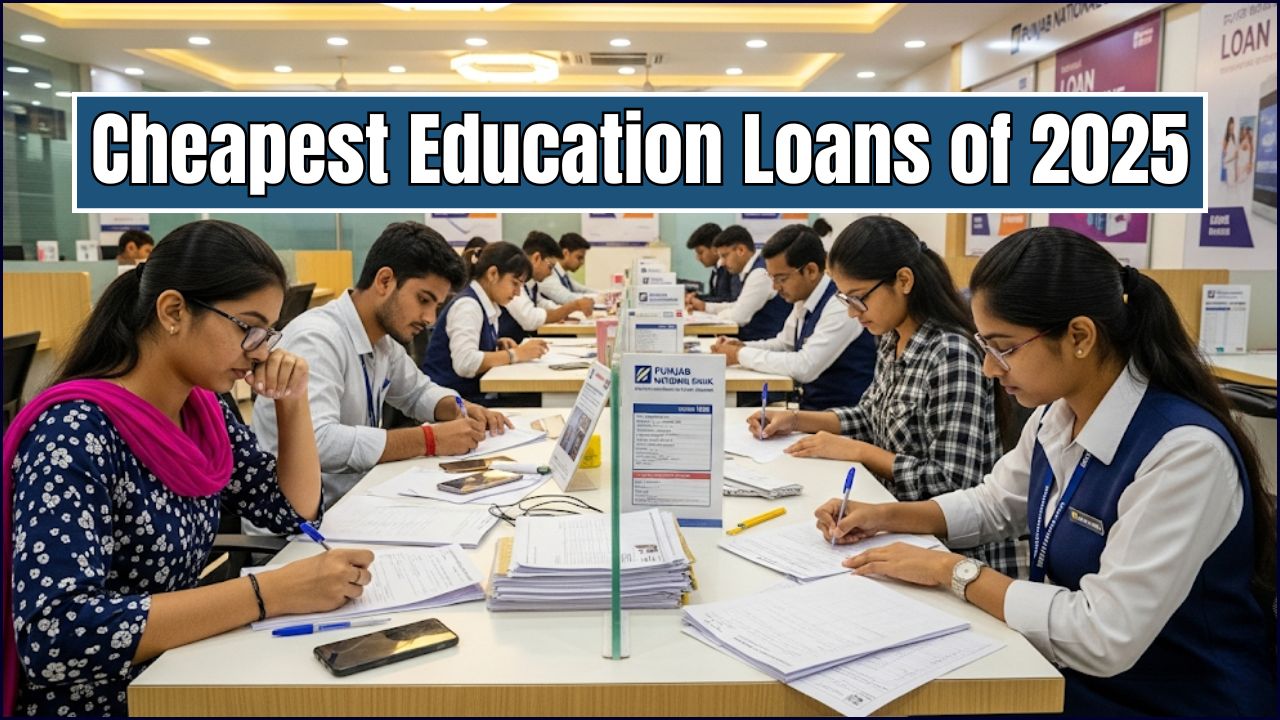
The Arogya Saving Account, a new product from the India Post Payments Bank (IPPB), has been officially launched, offering a combination of financial services and health-related benefits. The initiative seeks to extend banking inclusion while providing wellness support to citizens, according to an IPPB statement.
What Is the Arogya Saving Account?
The Arogya Saving Account is a zero-balance savings account designed for Indian residents between the ages of 18 and 70. Customers can maintain deposits up to ₹2 lakh, with interest calculated daily and credited quarterly. Balances beyond ₹2 lakh are automatically transferred to linked Post Office Savings Accounts.
In addition to standard banking services, the account provides access to unlimited tele- and video-consultations with doctors, discounted diagnostic tests, and lower prices on medicines through partner networks. IPPB officials say the goal is to integrate health access with financial management for households across India.
Health and Wellness Benefits
Unlimited Doctor Access
According to IPPB’s official release, account holders are entitled to unlimited teleconsultations with licensed medical practitioners. Video consultations are also included, offering patients direct access to care without requiring in-person visits.
Discounts on Medicines and Diagnostics
Partnered pharmacies provide up to 15 percent off medicines, while diagnostic centres offer up to 40 percent savings on tests. These services aim to reduce out-of-pocket expenses for healthcare, which remain a significant burden for many families, according to a 2023 report from the National Health Authority.
Financial Features
Interest Rates
- 2.00% per annum on balances up to ₹1 lakh.
- 2.25% per annum on balances between ₹1 lakh and ₹2 lakh.
Fees and Charges
- Account opening fee: ₹149 + GST.
- First deposit: ₹200 minimum.
- Annual renewal fee: ₹99 + GST, required to continue receiving health benefits.
Banking Access
The account includes doorstep banking, QR code payments, and free transactions within IPPB’s network. Customers are not required to maintain a minimum balance.
Who Can Open an Account?
Eligibility extends to resident Indians aged 18 to 70, verified through Aadhaar-based e-KYC (electronic Know Your Customer). Non-resident Indians (NRIs) and businesses are not eligible.
Expert and Official Perspectives
“This account reflects a shift towards health-linked financial products, where the customer benefits from both security and accessibility,” said Dr. Ramesh Kumar, a health policy researcher at the Public Health Foundation of India.
IPPB, in its announcement on social media, highlighted that the new offering combines “financial freedom with everyday wellness.” The bank has positioned the account as a tool for underserved communities, especially in rural areas where healthcare access remains limited.
Competing and Complementary Products
The Punjab National Bank (PNB) Arogya Saving Scheme also provides health-linked financial services, but with a stronger focus on insurance. Its offerings include coverage for cancer treatment and daily hospital allowances.
Analysts suggest that IPPB’s Arogya account differs by prioritising preventive care and low-cost consultations, while PNB’s scheme addresses catastrophic health events. Together, these products reflect a trend in Indian banking to integrate wellness services with retail financial products.
Wider Context
India continues to face challenges in healthcare financing. Out-of-pocket spending accounts for nearly 48 percent of total health expenditure, according to the World Health Organization (WHO). Financial products like the Arogya Saving Account are part of broader efforts to mitigate these costs and expand access to basic care.
Experts caution, however, that the effectiveness of such schemes depends on awareness, digital literacy, and consistent service quality. Without strong implementation, the benefits may not reach the populations most in need.
Conclusion
The launch of the Arogya Saving Account by the India Post Payments Bank marks an important step in the convergence of financial and health services in India. By offering savings options alongside wellness support, the initiative aims to reduce healthcare costs while promoting financial inclusion. Its success will depend on uptake among citizens, service delivery by healthcare partners, and sustained policy support.





